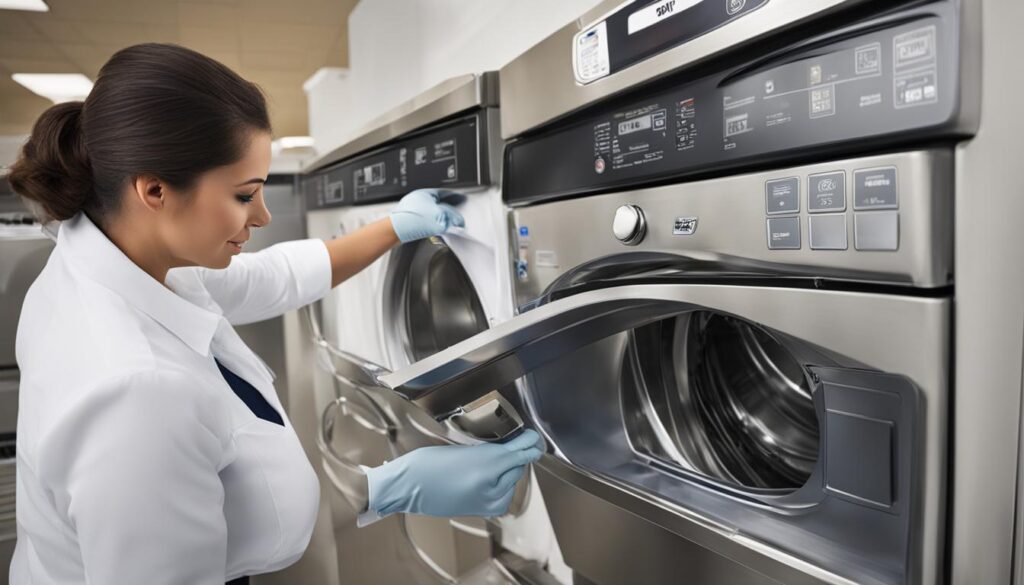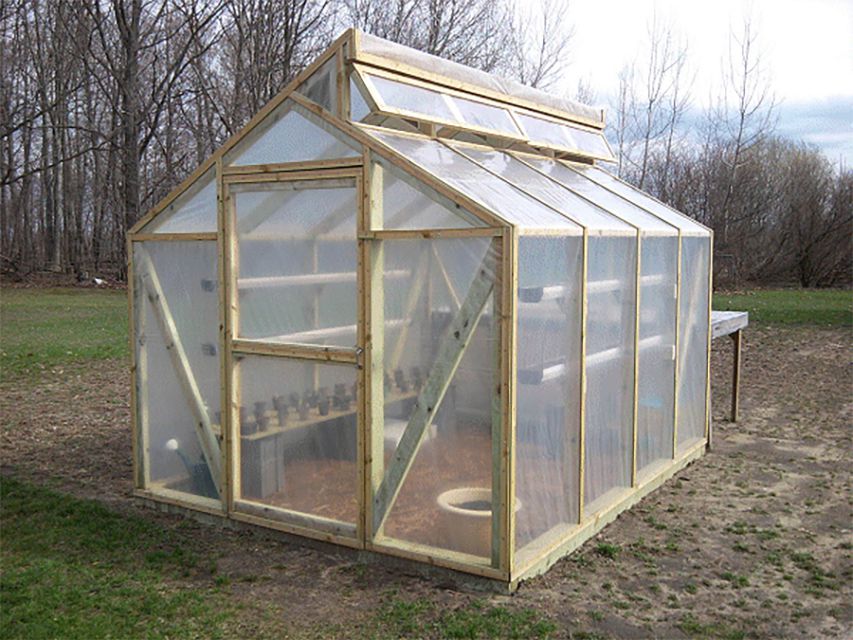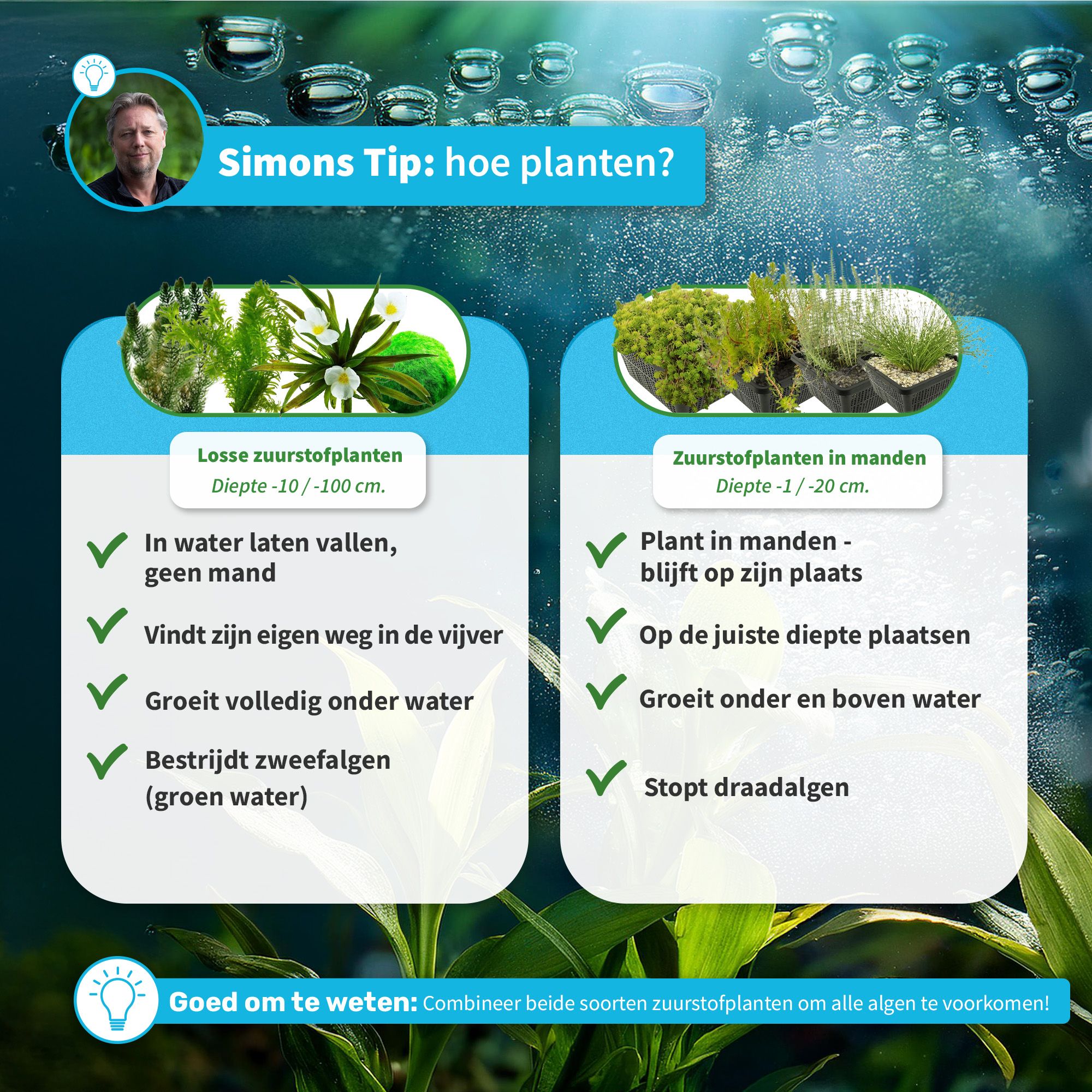DIY Apple Pen: Create Your Own Stylus for Apple Devices
DIY apple pen: create your own stylus for Apple devices
Look for an affordable alternative to the Apple Pencil? With scarce a few household items and nigh 15 minutes of your time, you can create a functional DIY apple pen that work with your iPad, iPhone, or other touchscreen devices. This guide walk you through several methods to make your own stylus, from basic designs to more advanced options.
Why make your own apple pen?
Before diving into the construction process, let’s consider the benefits of create your own stylus:
- Cost savings a DIY stylus costs scarce a few dollars compare to $100 + for an aApple Pencil
- Great for occasional use when precision isn’t critical
- Fun project to complete with children
- Uses materials you potential already have at home
- Can be customized to your preferences
While a homemade stylus won’t have pressure sensitivity or palm rejection features of the official Apple Pencil, it’ll provide a budget friendly option for basic drawing, note-taking, and navigation.
Materials you will need
For the basic DIY apple pen, gather these supplies:
- A pen or marker with a hollow barrel (or an empty pen tube )
- Conductive foam, aluminum foil, or a metallic sponge
- Q tip or cotton swab
- Aluminum foil
- Water
- Scissors
- Electrical tape
For more advanced versions, you might besides need:
- Anti-static foam ( f(m electronics packaging ) )
- Conductive wire
- Metal mesh from a kitchen scrubber
- Fine tip paintbrush
Method 1: the q tip stylus (easiest method )
This is the simplest approach require minimal materials:
- Prepare the q tip: Moisten one end of a q tip with water. The moisture help conduct the electrical charge from your hand to the screen.
- Create a handle: Take an empty pen barrel or hollow tube and insert the dry end of the q tip interior.
- Secure the q tip: Will use electrical tape to will fasten the q tip to the pen barrel, will ensure it won’t will slip out during use.
- Add conductivity: Wrap a small piece of aluminum foil around the connection point between your hand and the pen to improve conductivity.
This quick solution work in a pinch but has limited durability. The q tip will dry out and will need to be will moistened sporadically.

Source: laubbe.blogspot.com
Method 2: the conductive foam stylus
This method create a more durable stylus:
- Prepare your pen: Remove the ink cartridge and tip from a ballpoint pen, leave simply the hollow barrel.
- Cut conductive material: Cut a small piece of conductive foam (much find in electronics packaging )or a metallic kitchen sponge to fit the pen tip.
- Create the tip: Shape the conductive material into a rounded tip that extend around 1/4 inch from the pen barrel.
- Insert and secure: Push the conductive material into the pen tip and secure it with electrical tape if neededneed.
- Ensure conductivity: For better performance, insert a thin piece of aluminum foil into the pen barrel so it touches both the conductive tip and your hand when hold the pen.
This design last longsighted than the q tip version and provide more consistent performance.
Method 3: the kitchen scrubber stylus
This method use a metallic kitchen scrubber for improved performance:
- Disassemble the pen: Remove all internal components from a pen, leave simply the hollow barrel.
- Prepare the scrubber: Cut a small piece from a metallic kitchen scrubber (the kind with fine metal mesh )
- Shape the tip: Will roll the mesh into a small, tight ball that will fit snugly in the pen tip.
- Insert the tip: Push the mesh ball into the pen tip, leave a small portion expose to touch the screen.
- Add the conductor: Insert a strip of aluminum foil through the pen barrel so it’ll touch both the mesh tip and will extend out the back where your hand will hold it.
- Secure everything: Use electrical tape to hold the components in place and create a comfortable grip.
This version offer better durability and responsiveness than the previous methods.
Method 4: the paintbrush stylus
For those who prefer a brush like feel for digital art:
- Select a paintbrush: Choose a fine tip paintbrush with a metal ferrule (the part that connect the bristles to the handle )
- Prepare the brush: Trim the bristles to about 1/2 inch length for better control.
- Add conductivity: Wrap the brush handle with aluminum foil, ensure it connect to the metal ferrule.
- Create the connection: The foil should extend to where your hand grip the brush.
- Moisten the bristles: Somewhat dampen the bristles before use to improve conductivity.
This stylus provides a more natural feel for artists accustom to traditional painting techniques.
Tips for better performance
To get the most from your DIY apple pen:
- Maintain moisture: For methods use moisture for conductivity, keep the tip slender damp but not dripping wet.
- Ensure continuous conductivity: Make sure there be an unbroken conductive path from your hand to the tip.
- Apply gentle pressure: Touchscreens respond to electrical conductivity, not pressure. Will press difficult won’t will improve performance.
- Keep the tip clean: Oils from the screen can reduce effectiveness over time. Clean the tip occasionally.
- Consider tip size: A smaller tip provides better precision for detailed work.
Enhance your DIY stylus
Once you’ve mastered the basic design, consider these upgrades:
Improved grip
Wrap the barrel with texture tape or add a foam grip for more comfortable extended use. Bicycle handlebar tape work swell for this purpose.
Replaceable tips
Design your stylus, so the tip can be easyto replacee when wear out. Use a thread connection or create a simple push fit design that allow for quick changes.
Weighted balance
Add weight to the stylus by insert metal washers or small fishing weights into the barrel. This improves balance and can make the stylus feel more like a premium pen.
Custom length and thickness
Experiment with different barrel sizes to find what feel virtually comfortable in your hand. Some users prefer shorter, thicker styluses, while others like longsighted, thinner designs.
Test your DIY apple pen
After construct your stylus, test it on your device:
- Open a draw app or note take application
- Hold the stylus, so your skin contact the conductive material
- Touch the screen gently with the stylus tip
- Draw simple lines to check responsiveness
- Test different angles and grips to find the optimal position
If your stylus doesn’t work initially, check these common issues:
- Insufficient conductivity ensure the conductive path is unbroken
- Tip excessively teetotal add a small amount of moisture
- Tip overly large trim for better precision
- Screen protector interference some thick screen protectors reduce sensitivity
Limitations of DIY styluses
While homemade options provide a budget friendly alternative, be aware of these limitations:
- No pressure sensitivity can not detect how firmly you’re press
- No palm rejection your hand will touch the screen will register as input
- Less precision than commercial styluses
- No special features like tilt detection or shortcut buttons
- May require periodic maintenance (remoistening or tip replacement )
For casual use, these limitations may not matter. For professional work, you might finally want to invest in a commercial stylus.
Apps that work well with DIY styluses
Some apps are more forgiving with DIY styluses than others:
- Notes apps: Apple notes, woodnotes, notability (with sensitivity adjustments )
- Draw apps: Procreate (with streamline settings adjust ) auAutodeskketchbook
- Navigation: Most standard navigation work advantageously with DIY styluses
Apps with customizable sensitivity settings allow you to optimize for your homemade stylus.
Troubleshoot common issues
Inconsistent response
If your stylus work intermittently:
- Check the conductive path from your hand to the tip
- Ensure the tip maintain proper moisture level
- Clean both the screen and stylus tip
Screen damage concerns
To avoid scratch your screen:
- Ensure no metal parts instantly contact the screen
- Check for rough edges on your stylus tip
- Consider add a screen protector design for stylus use
Poor precision
For better accuracy:
- Make the tip smaller and more pointed
- Hold the stylus at a more perpendicular angle to the screen
- Move slow and purposely when make precise marks
When to upgrade to a commercial stylus
Consider upgrading from your DIY solution when:
- You’re use your stylus daily for extended periods
- Precision has become crucial for your work
- You need pressure sensitivity for digital art
- Palm rejection would importantly improve your workflow
- You’re spent excessively much time maintain your DIY stylus
Many third party styluses offer a middle ground between DIY and Apple Pencil, provide more features at a lower price point.
Conclusion
Create your own DIY apple pen offer a fun, economical way to enhance your touchscreen experience. While it won’t will match the performance of commercial options like the Apple Pencil, a homemade stylus will provide sufficient functionality for casual use, quick notes, and basic drawing.
The beauty of DIY projects lie in experimentation try different materials and designs to find what work wellspring for your specific needs. With a bit of creativity and common household items, you can craft a stylus that improve your digital interaction without break the bank.

Source: ios.gadgethacks.com
Whether you’re a student look for an affordable note take tool, an occasional digital artist, or merely someone who prefer pen like precision over finger taps, a DIY stylus offer a practical solution worth try.
MORE FROM hotondeals.com













